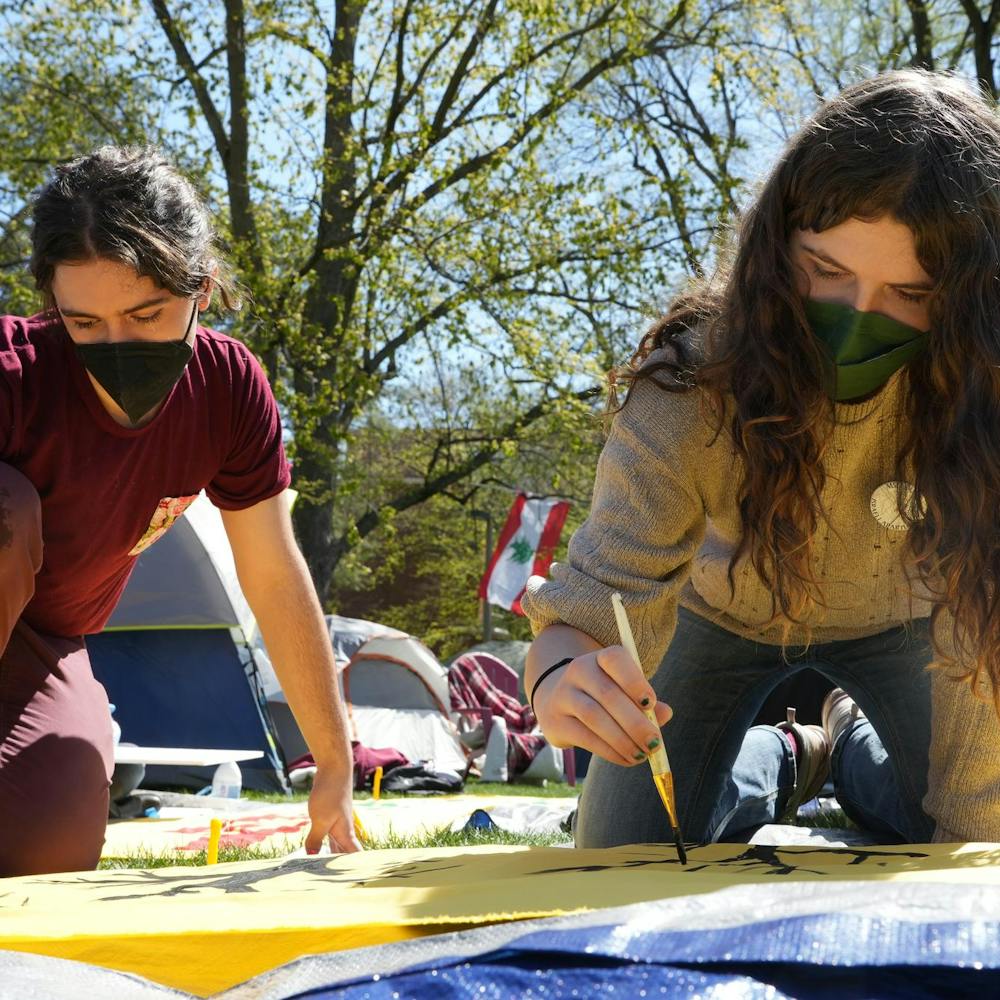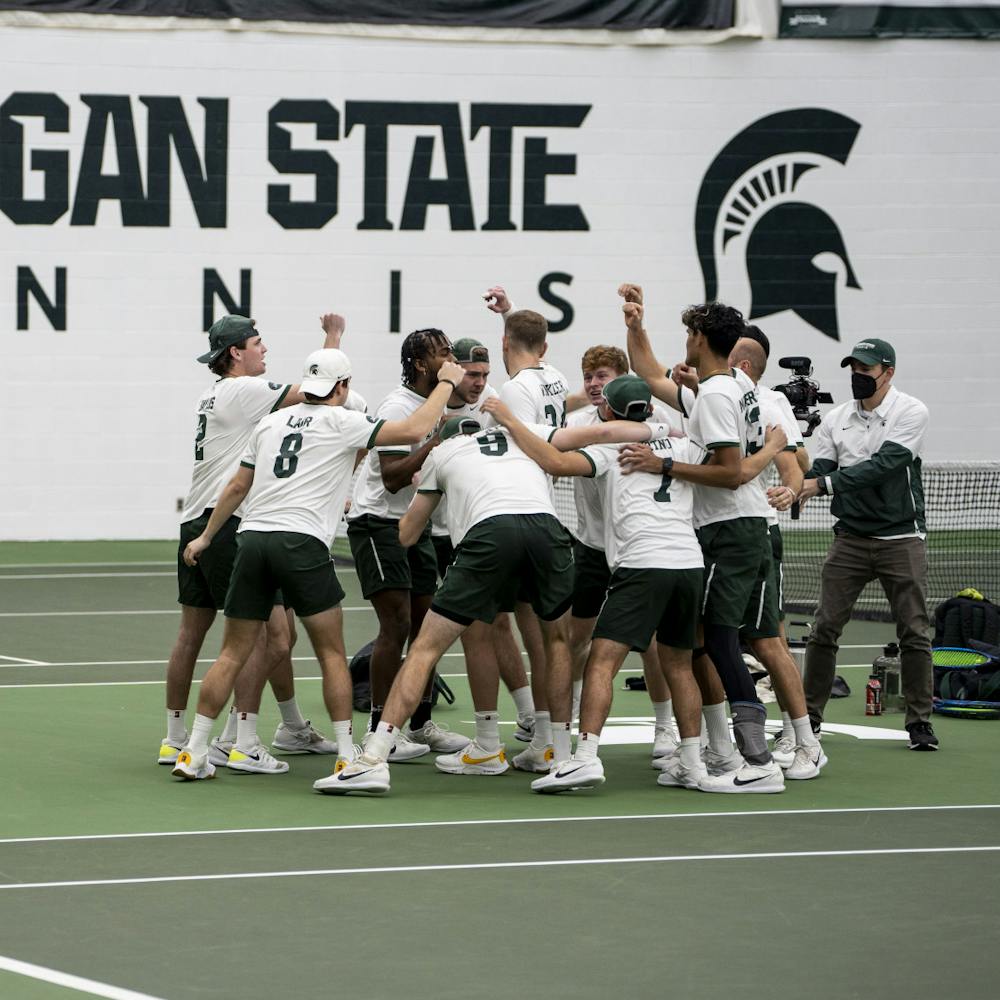The ideas to change nearly 30 members of the Taskforce on Student-Police Relationships came together during the group’s first meeting Friday.
The task force was appointed following the recommendations of an independent panel created to investigate the placement of an undercover officer into United Students Against Sweatshops, now called Students for Economic Justice, beginning Feb. 19, 2000.
“There is a whole range of views,” MSU President M. Peter McPherson said Friday after task force members introduced their views about the investigation and ideas for the future. “There are some common threads but we don’t know each other well enough to always understand what we’re saying.
“Ultimately what we’re after is more than a good discussion. What we’re after is coming up with concrete ideas.”
The group is scheduled to meet five times throughout the semester, including a public forum Oct. 2. University officials plan to implement task force recommendations next spring.
McPherson said he intends to break up the task force, which is composed of 15 students and 15 university employees, into subgroups to deal with specific issues recommended at the meeting.
Members recommended the task force deal with specific issues such as discretion and alcohol consumption, the definition of “extraordinary” actions that would require an undercover investigation, creation of concrete procedures for investigations, student and officer stereotypes, balance of enforcement and protection and positive relations programs.
While some group members said they hoped to forget past problems, others said the problems should be the basis for solutions and education.
“We need to look at our past so we don’t repeat it,” said Marti Ruel, director of the Department of Student Life. “If something happens and we have a fear, we want to have the rights there, protecting us. Unless a crisis exists, we forget this.
“When something happens we have to have a relationship we can rebound to.”
Quinn Wright, Student Assembly chairperson for ASMSU, MSU’s undergraduate student government, said the efforts of the task force should reach out to the average student instead of just student leaders.
Wright also sat on the independent panel that recommended the creation of the task force.
“The typical apathetic student does not care about the police department until they get pulled over,” he said. “If they’re not touching the average apathetic student, what are they doing? How do we build that next bridge if the program’s not there?”
Student group leaders met with Department of Police and Public Safety officials Thursday to brainstorm ideas to create more positive relations between students and police.
Department officials said they are planning a student dance and looking for other ideas that might help break down stereotypes and help both students and police to communicate better.
“If people dislike someone because of a stereotype, that’s not a fair outlook,” said MSU Chief Bruce Benson. “I think they are outstanding, decent folks who happen to wear a uniform.”






